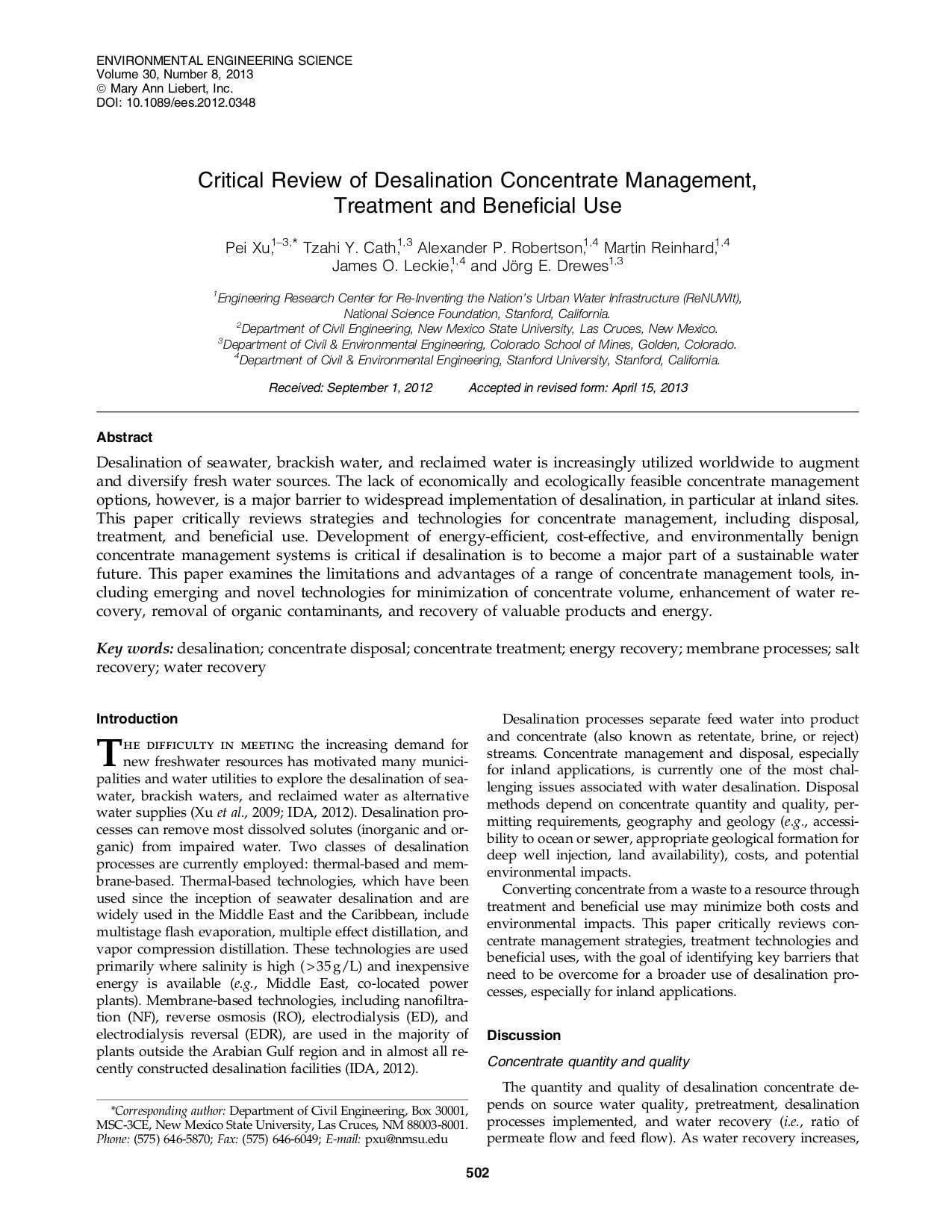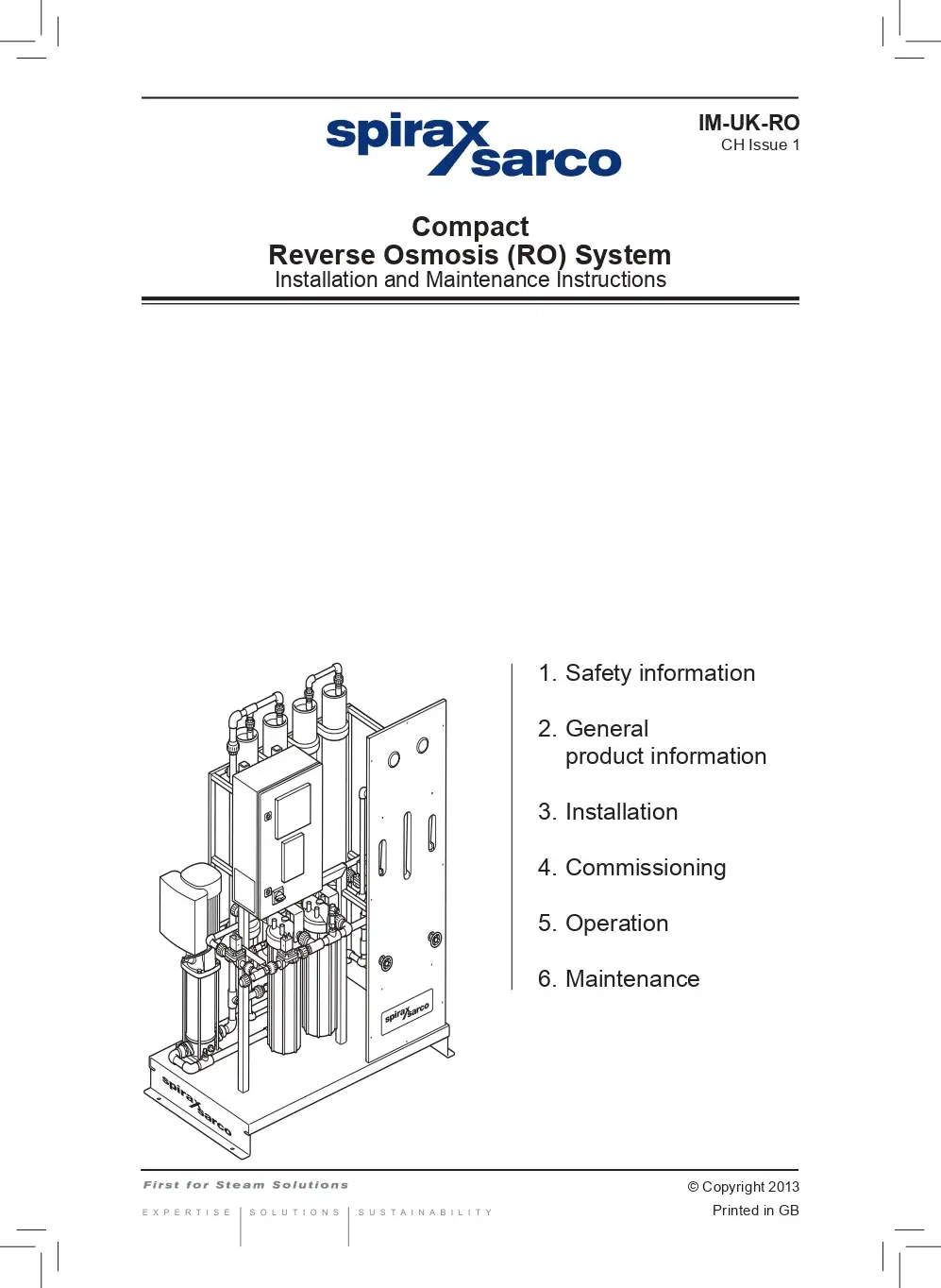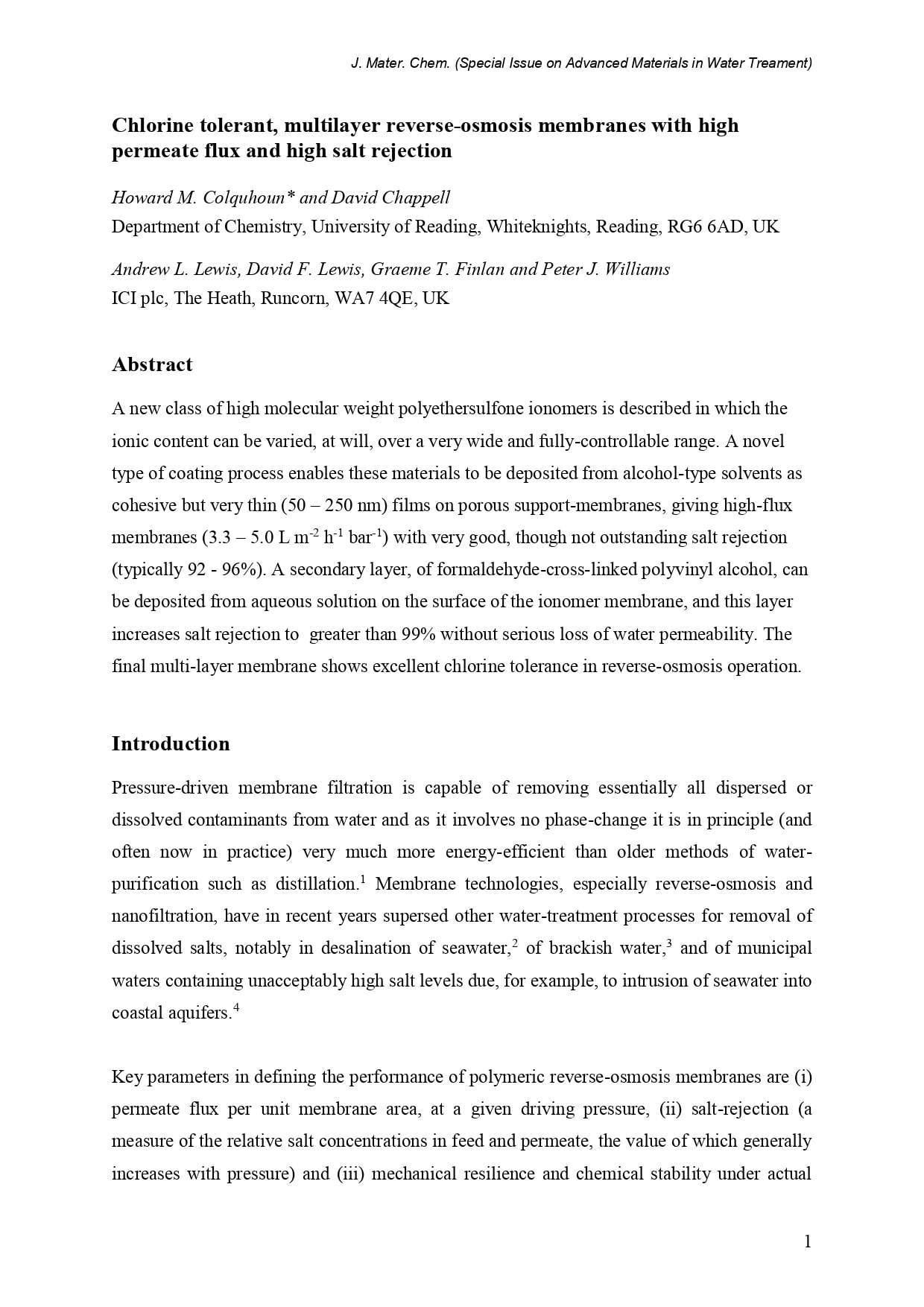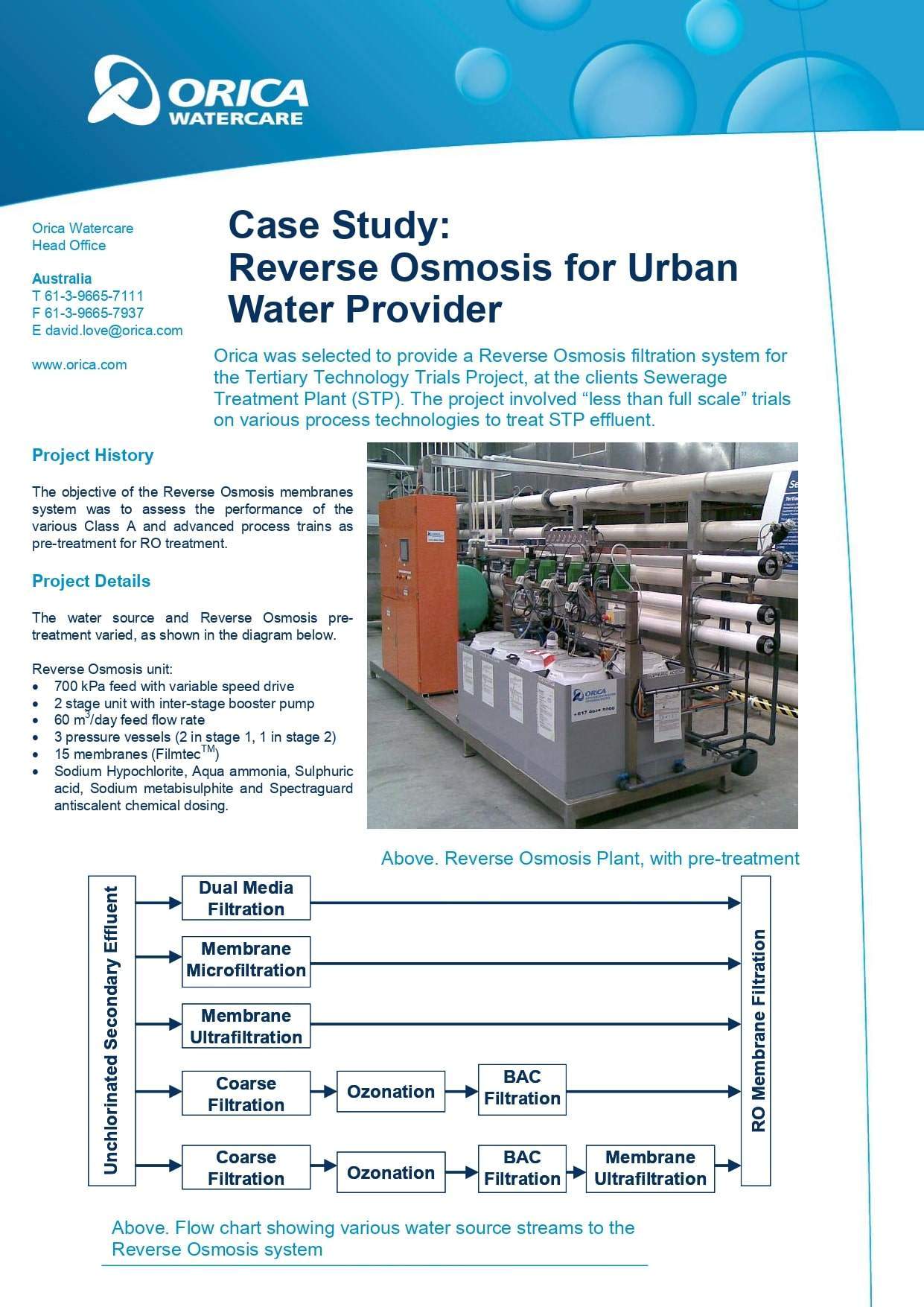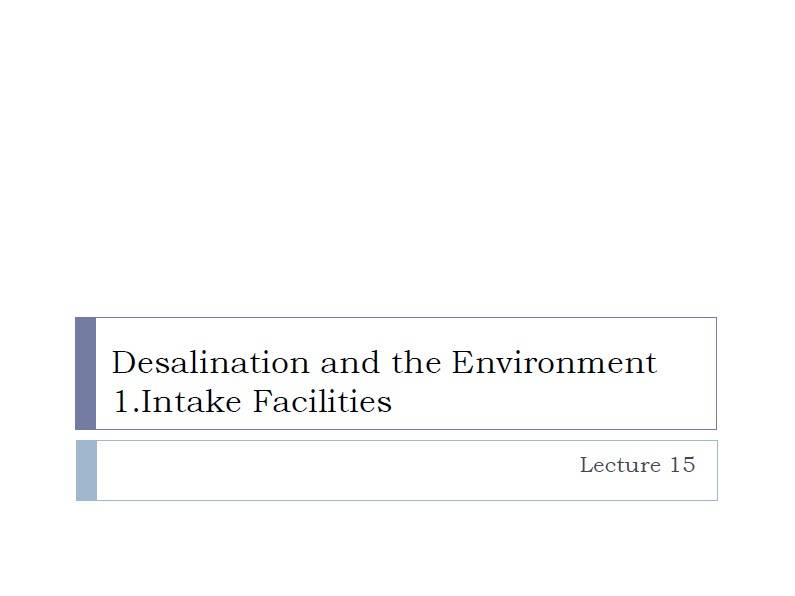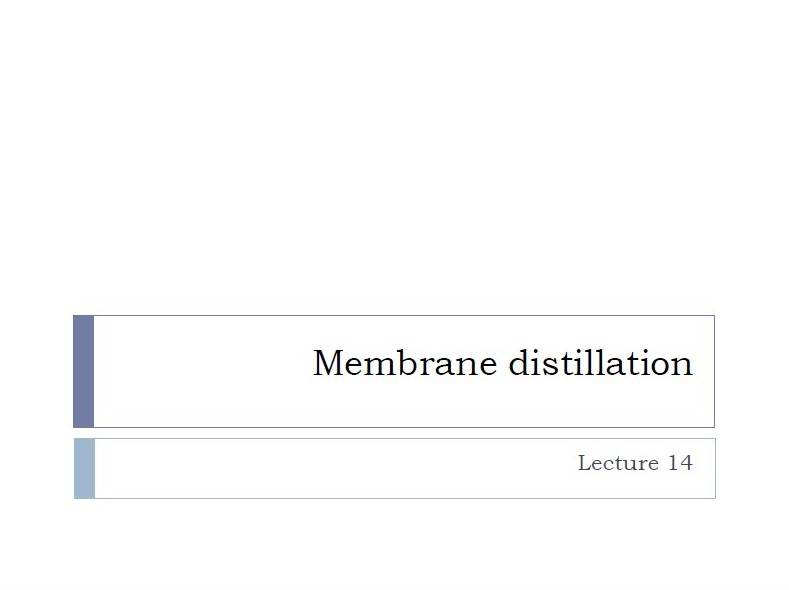Chlorine Tolerant, Multilayer Reverse-Osmosis Membranes With High Permeate Flux And High Salt Rejection
Abstract
A new class of high molecular weight polyethersulfone ionomers is described in which the ionic content can be varied, at will, over a very wide and fully-controllable range. A novel type of coating process enables these materials to be deposited from alcohol-type solvents as cohesive but very thin (50 – 250 nm) films on porous support-membranes, giving high-flux membranes (3.3 – 5.0 L m-2 h-1 bar-1) with very good, though not outstanding salt rejection (typically 92 - 96%).
A secondary layer, of formaldehyde-cross-linked polyvinyl alcohol, can be deposited from aqueous solution on the surface of the ionomer membrane, and this layer increases salt rejection to greater than 99% without serious loss of water permeability. The final multi-layer membrane shows excellent chlorine tolerance in reverse-osmosis operation.
Chlorine Tolerant, Multilayer Reverse-Osmosis Membranes With High Permeate Flux And High Salt Rejection
Abstract
A new class of high molecular weight polyethersulfone ionomers is described in which the ionic content can be varied, at will, over a very wide and fully-controllable range. A novel type of coating process enables these materials to be deposited from alcohol-type solvents as cohesive but very thin (50 – 250 nm) films on porous support-membranes, giving high-flux membranes (3.3 – 5.0 L m-2 h-1 bar-1) with very good, though not outstanding salt rejection (typically 92 - 96%).
A secondary layer, of formaldehyde-cross-linked polyvinyl alcohol, can be deposited from aqueous solution on the surface of the ionomer membrane, and this layer increases salt rejection to greater than 99% without serious loss of water permeability. The final multi-layer membrane shows excellent chlorine tolerance in reverse-osmosis operation.




